NewEnglandHistoricalSociety.com: Profile of Driver Harry Grant
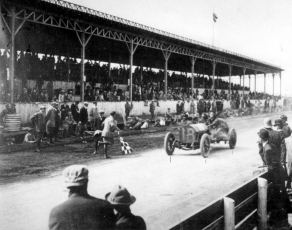
Utilizing information from VanderbiltCupRaces.com, the New England Historical Society has posted a profile of driver Harry Grant.
Enjoy,
Howard Kroplick
Flashback Photo: Harry Grant Wins the Vanderbilt Cup
NewEnglandHistoricalSociety.com
Harry Grant was the first racecar driver to win the Vanderbilt Cup twice – and the only one who died trying for the Astor Cup.
The Vanderbilt Cup, ‘the great Long Island race,’ was the first major trophy in American auto racing and a major international sporting event.
Grant didn’t drive in his first race until 1907, when he was 30 years old, but quickly established himself as one of the finest racecar drivers in the country.
Harry Grant was born in Cambridge, Mass., on July 10, 1877. His father was a mining engineer who was killed in a mining accident in Colorado when Harry was young.
His first automotive job was with the Stanley Brothers. He jumped to Locomobile, then to ALCO in its Providence, R.I., factory. He moved up to salesman at an ALCO dealership in Boston and immediately began pestering his boss to get into racing.
He made his racing debut on the dirt horse track at the famous Readville Race Track in Boston, where some of the best racing in the country was held. He finished first in the shorter race and second in the longer one.
Within a year he was ranked among the best drivers in the country. He was especially good at climbing hills. In 1908 and 1909, he won 20 out of 20 hill climb races.
The 1909 Vanderbilt Cup was a 278-mile-long stock car race over Long Island roads, many unpaved. Illustrator Peter Helck reminisced about the race in the 1948 Vanderbilt Cup program:
"To one man went the honor of winning the 1909 and 1910 Vanderbilts. He was Harry Grant, a big solid chap, and tester for Alco. Unemotional and steady, never swayed by the speed extravagances of his rivals, his Cup victories were the result of sticking resolutely to schedules which in his judgment were destined for success."
In 1909, when the fanatic drive of Billy Knipper's Chalmers had seemingly clinched the Cup at 225 miles, it was the unswerving Grant who subsequently thundered home in the long, rakish Alco chasis, a winner by five minutes over Parker's Fiat, and averaging 62.8 mph for the 278 miles.
The high point of Harry Grant’s career came a year later, when he won his second consecutive Vanderbilt Cup.
A 1914 racing program described him:
"One of the big men of the racing game, both physically and mentally, he is credit to the institution in every way…"
For the next few years he continued to race, finishing well in the Indianapolis 500, which was rapidly becoming the most important race in America.
On Sept. 27, 1915, Harry Grant practiced for the Astor Cup on Long Island in a Maxwell racer. While speeding at 100 mph his car burst into flames and he was badly burned. Ten days later, Harry Grant died at the age of 38.
With thanks to the VanderbiltCupRaces blog.
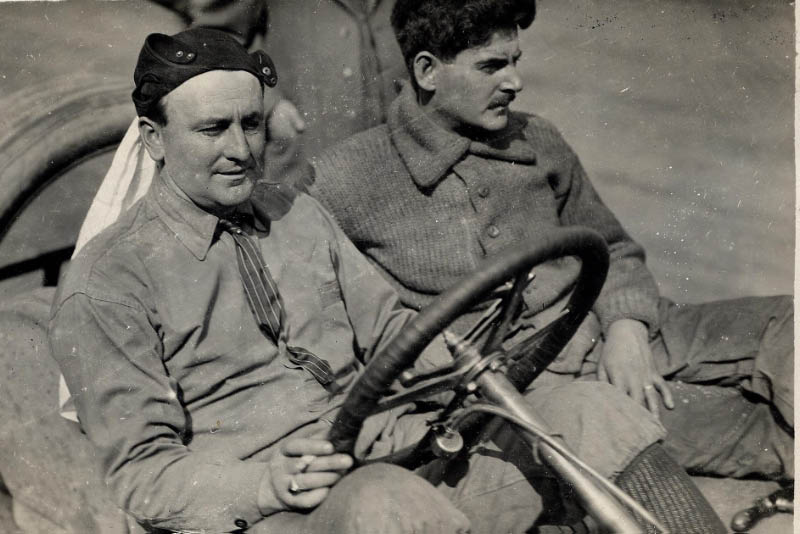
Harry Grant and his favorite mechanician Frank Lee
1909 Vanderbilt Cup Race
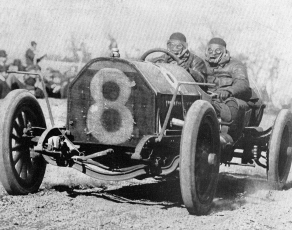
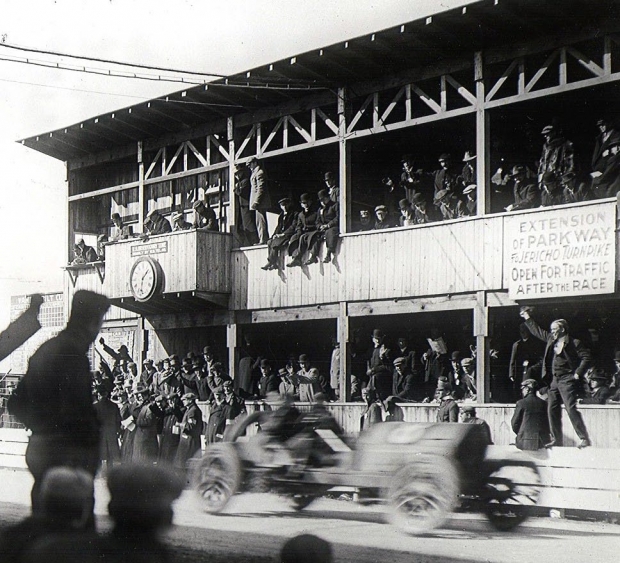
1910 Vanderbilt Cup Race
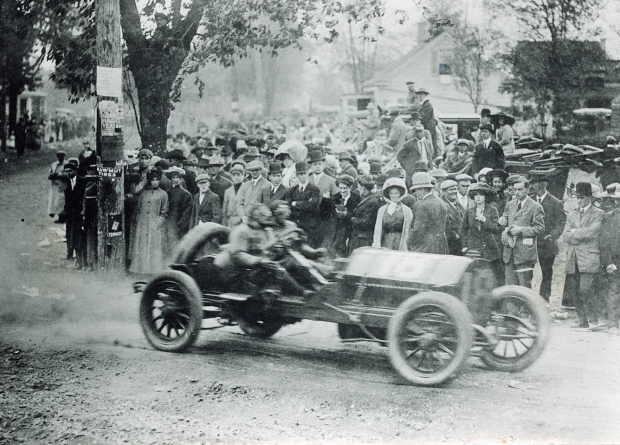
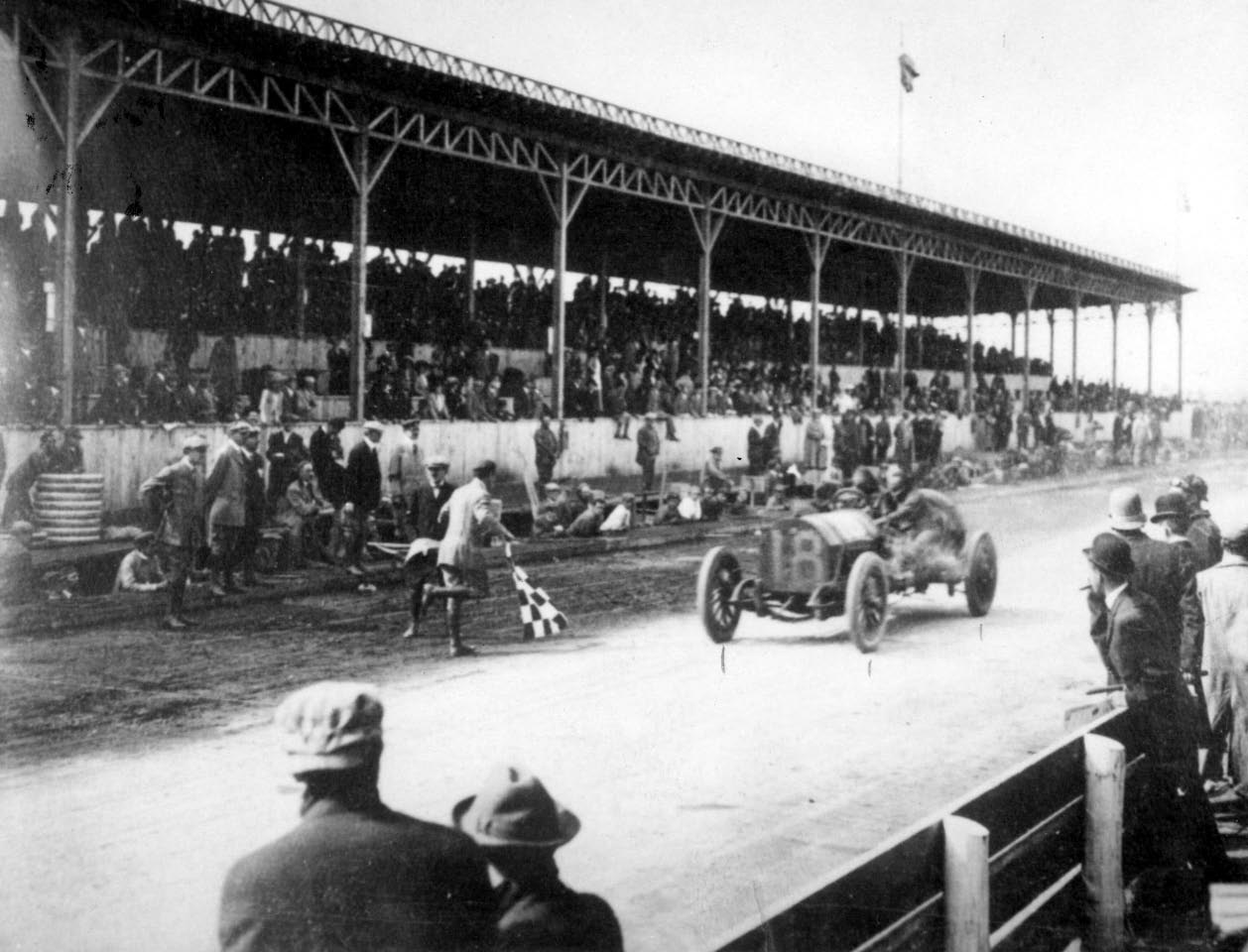
1911 Indy 500
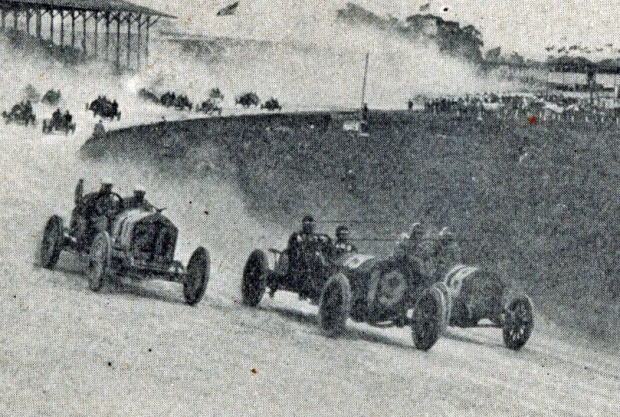
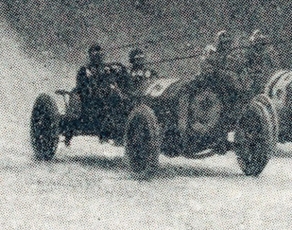





Comments
Hi Howard, in all of these races, despite the number changes, is that car the Black Beast ______________________________________________________________
From Howard Kroplick
Yes, they are!
Howard,
Looking at the photo of Harry Grant driving the Black Beast in the 1909 Vanderbilt Race, it looks, surprisingly, like you driving the Port Jefferson Hill Climb.
Rog
_________________________________________________
From Howard Kroplick
Scary!!!!